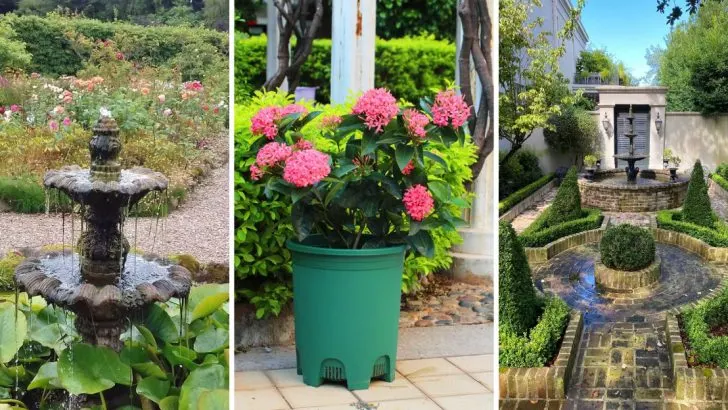Garden trends come and go, but not all of them stand the test of time. While some innovations genuinely improve our outdoor spaces, others are fleeting fads that quickly lose their charm or practicality. As we move into 2025, it’s worth taking a closer look at the trends that might be more hype than substance.
Whether they require excessive upkeep, lack sustainability, or simply fail to deliver on their promise, these overrated garden trends are likely to fade away as gardeners prioritize timeless beauty, functionality, and eco-friendliness.
Before investing your time, energy, and resources into fleeting ideas, explore these nine garden trends that might be better left behind in the coming year.
Artificial Turf
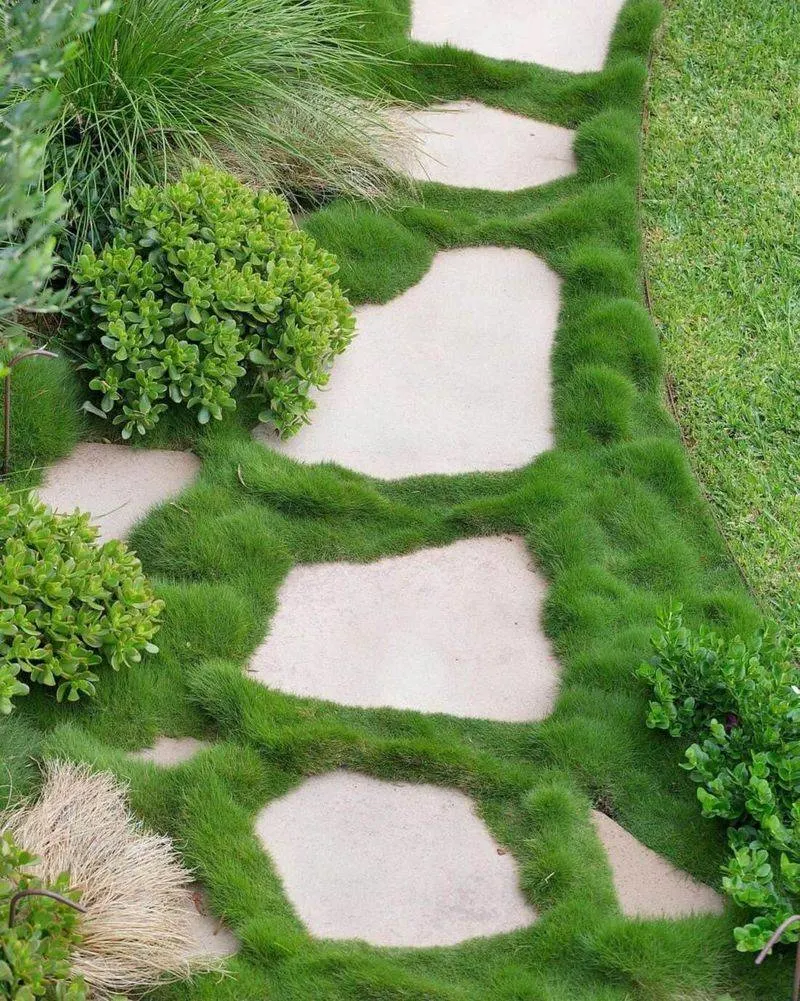
While synthetic grass offers a low-maintenance solution, its environmental impact is hard to ignore. Not only does it require significant resources to produce, but it also contributes to heat island effects. The lack of real plant benefits like carbon absorption and habitat support further dampens its appeal.
Despite the initial allure of a perfect lawn, gardeners are turning back to natural options. Embracing native plants or drought-resistant grass varieties provide a more eco-friendly and sustainable choice. As awareness grows, the push towards greener alternatives seems inevitable, making artificial turf an outdated concept.
Monochrome Gardens
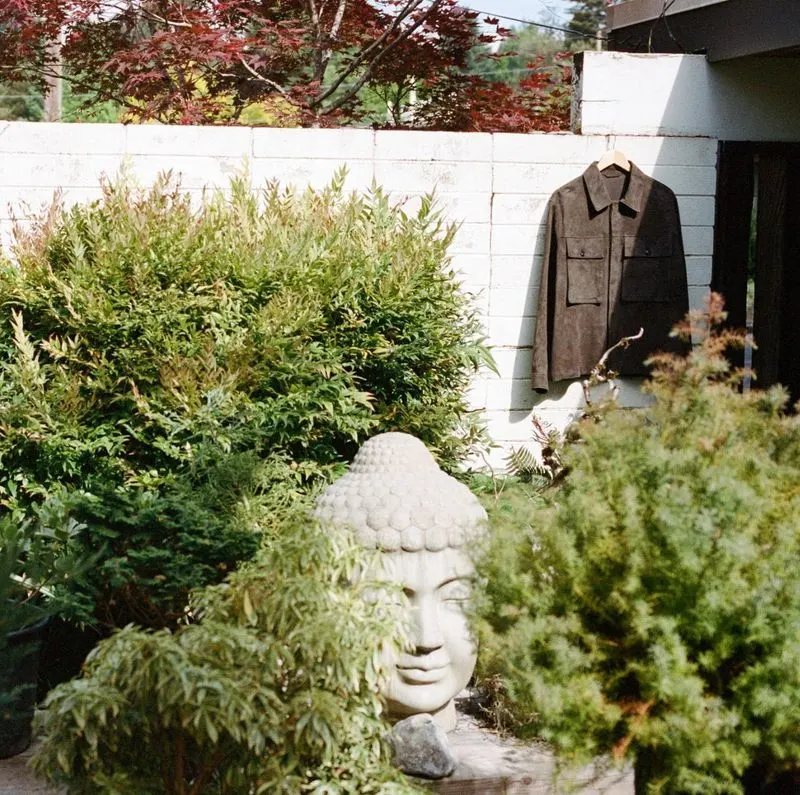
The minimalist appeal of monochrome gardens quickly loses its novelty. While initially striking, such setups often miss the dynamic beauty that varied hues provide. Gardens thrive on diversity, and a lack of color can make the space feel lifeless.
The charm of gardening lies in experiencing different textures and palettes through the seasons. By limiting oneself to a singular color scheme, gardeners miss out on the full spectrum of nature’s artistry. As 2025 approaches, the trend towards rich, varied gardens is making monochrome designs seem flat and uninspiring.
Gravel Lawns
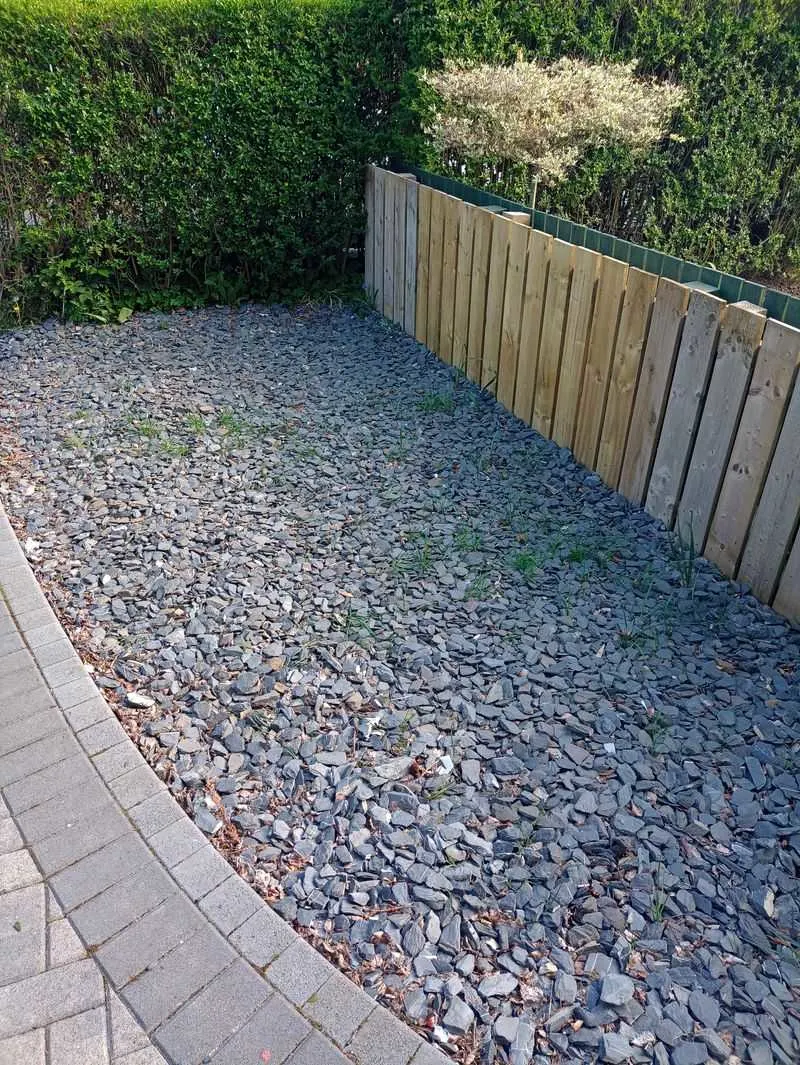
Gravel lawns emerged as a water-saving alternative, yet they often fall short on aesthetics and functionality. While they minimize water usage, the stark appearance can feel unwelcoming. Gravel can also pose challenges for plant growth, limiting the types of greenery one can enjoy.
As interest grows in creating wildlife-friendly spaces, the allure of gravel diminishes. People are seeking more vibrant gardens that support local ecosystems. Transitioning to native plants or low-water grasses offers both beauty and environmental benefits, paving the way for gravel lawns to become a thing of the past.
Over-the-Top Water Features
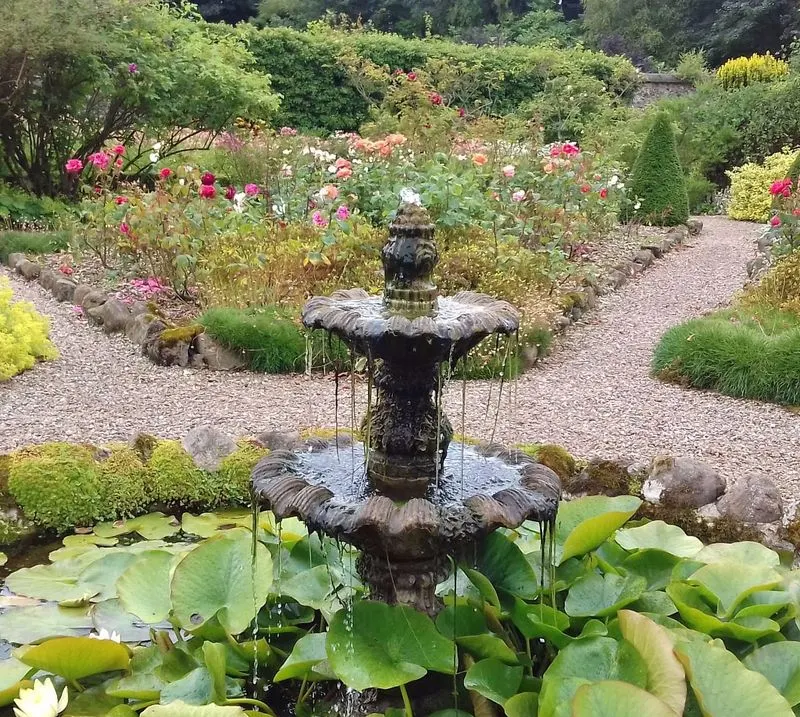
Extravagant water installations may grab attention, but they often demand significant upkeep. The balance between beauty and practicality is crucial, and elaborate designs frequently tip the scale. High water consumption and the need for constant maintenance can detract from the enjoyment they provide. With a growing focus on sustainability, gardeners are opting for simpler, more efficient systems.
Smaller water features or natural ponds that integrate with the landscape are gaining popularity. These subtle additions offer tranquility without the burden of excessive care, marking a shift away from ostentatious displays.
Exotic Plant Collections
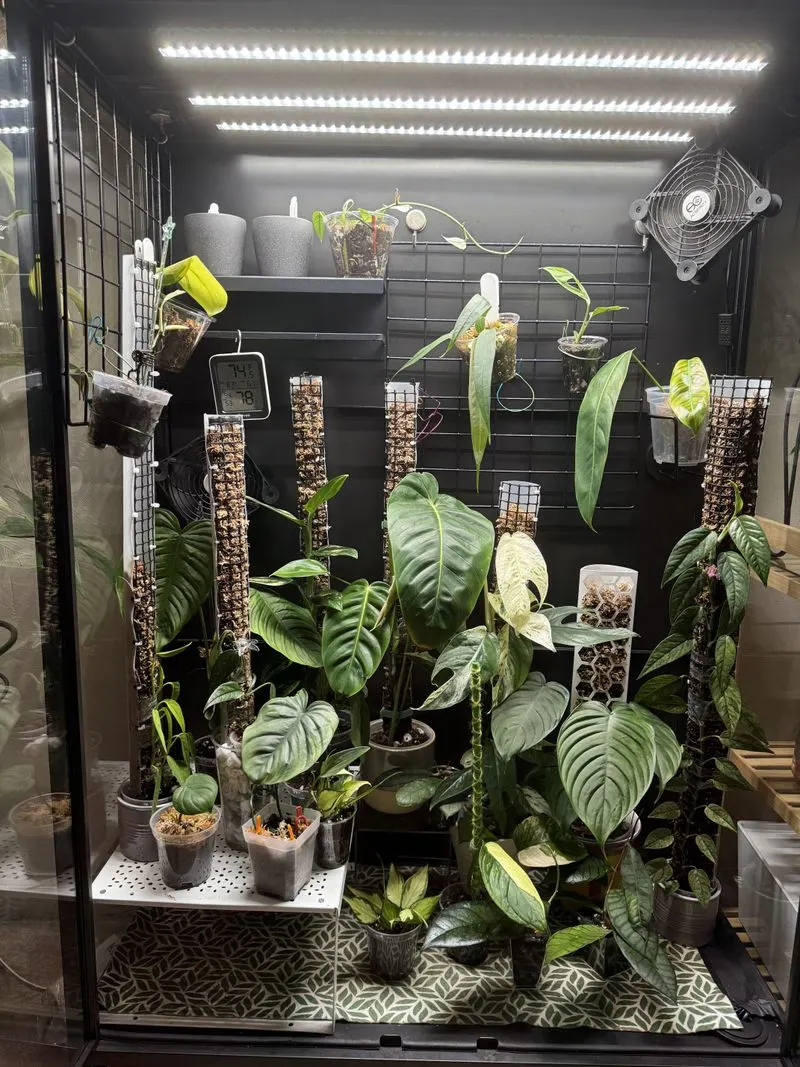
While exotic plants captivate with their unique appearances, they often struggle outside their native environments. Creating suitable conditions can prove challenging, resulting in stressed plants. This trend also raises concerns about invasive species and biodiversity risks.
As gardeners become more eco-conscious, there’s a shift towards supporting local flora. Native plants not only thrive more easily but also bolster local ecosystems. The trend of cultivating exotic collections is waning, as people prioritize harmony with nature. Choosing plants that resonate with local environments is becoming the preferred path for many green spaces.
Symmetrical Garden Designs
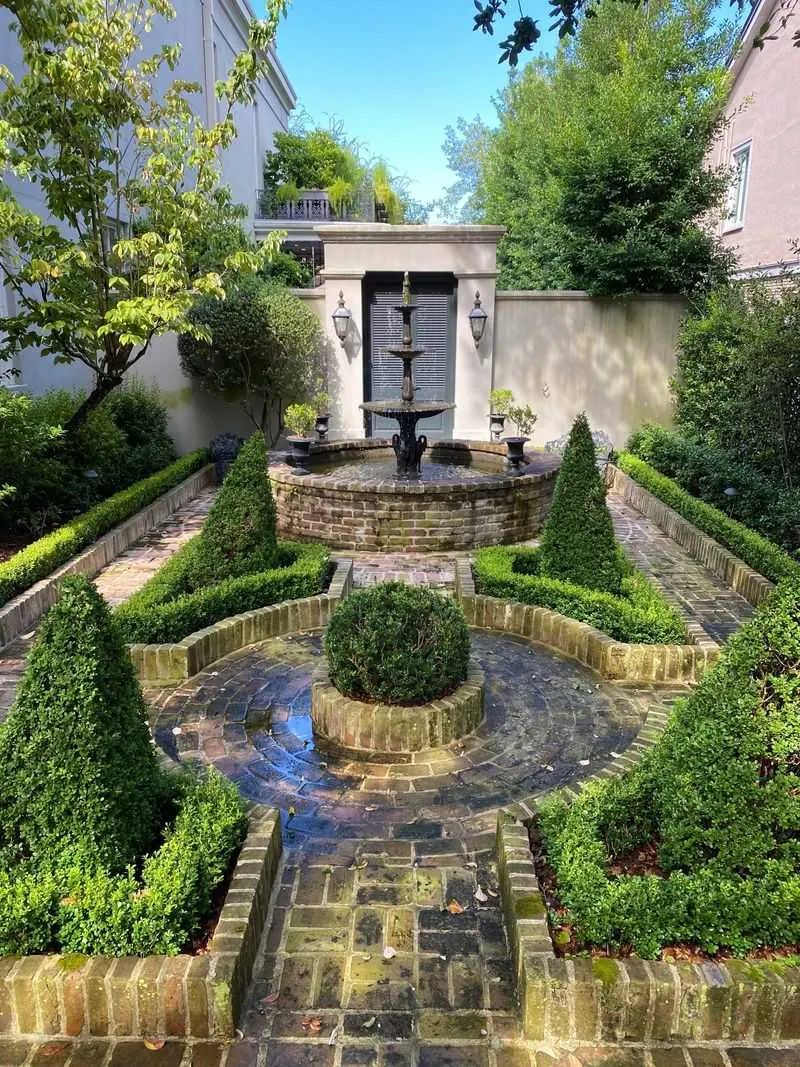
The pursuit of symmetry in garden design can lead to predictability, undermining the natural allure of outdoor spaces. While structured gardens have their place, an overly symmetrical layout may feel rigid and uninspired. Nature thrives in asymmetry, offering a spontaneous charm that captivates the senses.
By embracing a less structured approach, gardeners can create more inviting and dynamic environments. The trend towards organic, flowing designs is gradually replacing the rigid perfection that symmetry demands. This shift highlights the beauty in imperfection and celebrates nature’s unpredictable grace.
Excessive Outdoor Lighting
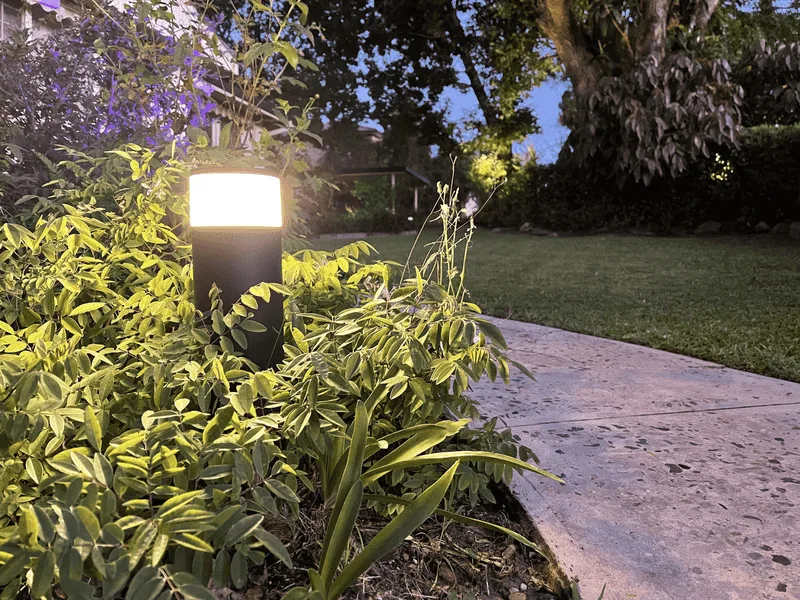
While illuminating outdoor spaces enhances safety and ambiance, excessive lighting can overpower nature’s nocturnal appeal. The glare not only affects human enjoyment but also disrupts wildlife. Many are beginning to appreciate the subtle glow of minimal lighting. Opting for solar-powered and motion-activated solutions can provide sufficient illumination without the environmental impact.
As awareness about light pollution increases, gardeners are scaling back. The focus is shifting towards preserving natural darkness while accentuating garden features thoughtfully. This approach balances functionality and aesthetics, aligning with a growing eco-conscious mindset.
Plastic Planters
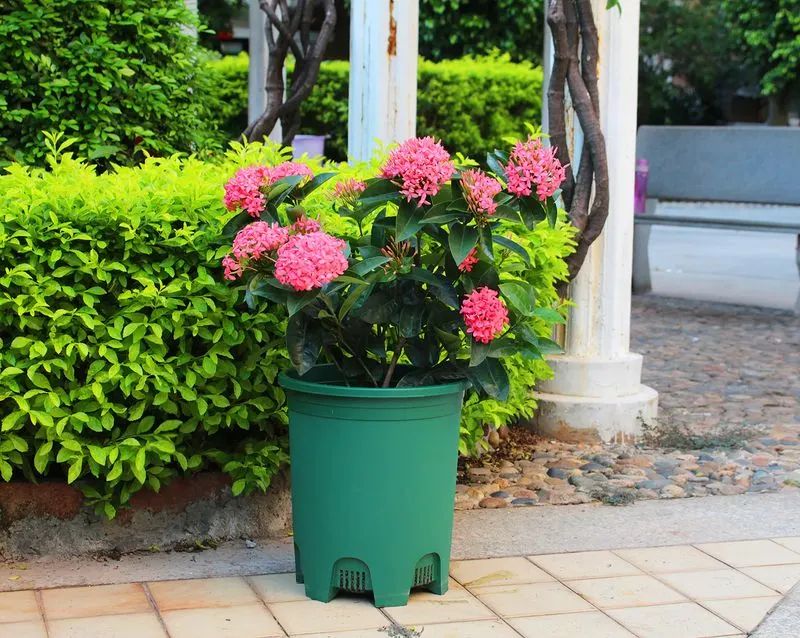
Despite their convenience, plastic planters are losing favor due to environmental concerns and lack of durability. Over time, they can crack and fade, detracting from the garden’s overall appeal. With a global push towards sustainability, many are seeking alternatives that align with eco-friendly practices.
Materials like terracotta, metal, or recycled options offer greater longevity and aesthetic value. By choosing sustainable planters, gardeners contribute to reducing plastic waste. This shift reflects a broader movement towards environmentally conscious gardening, where beauty and responsibility go hand in hand.

